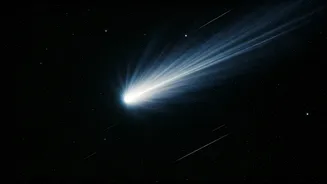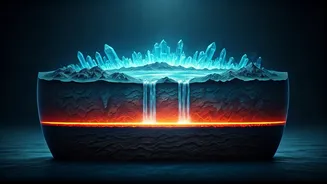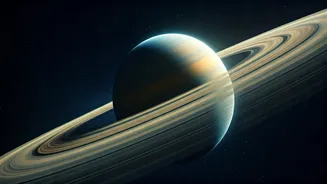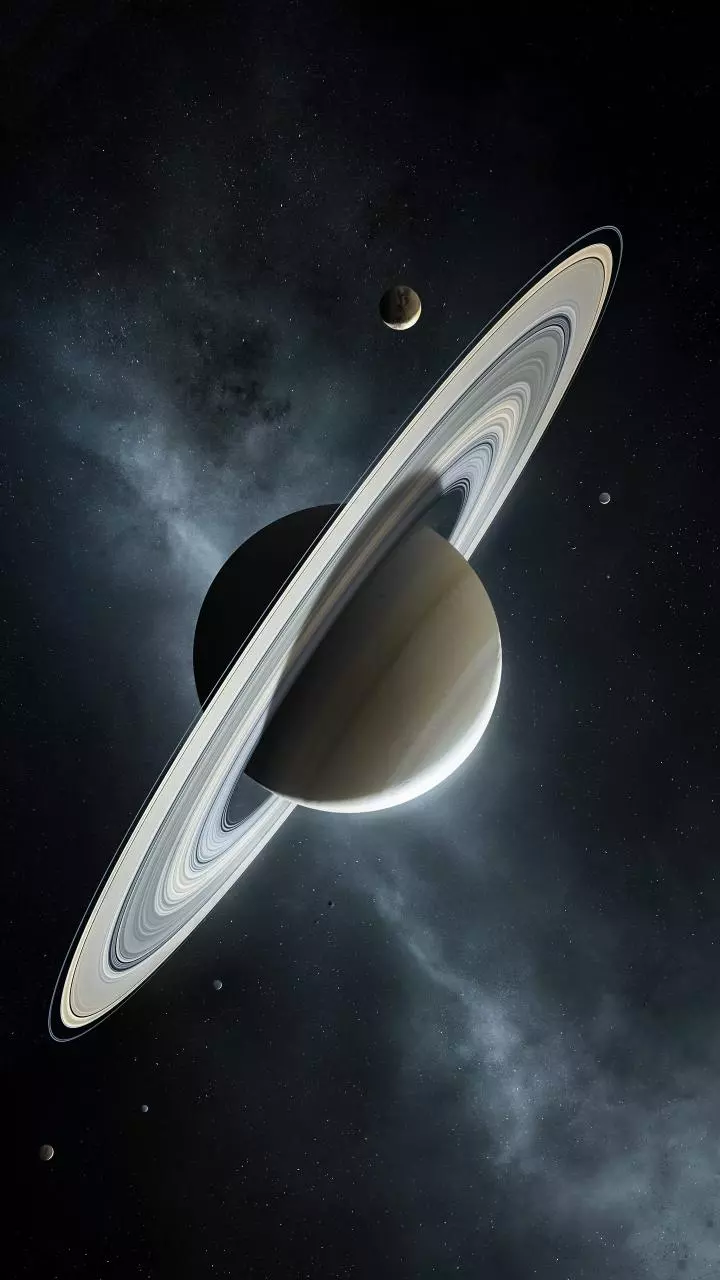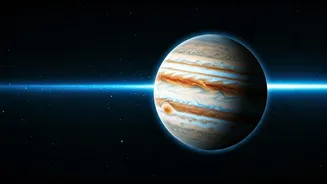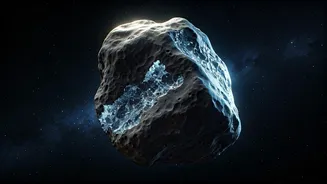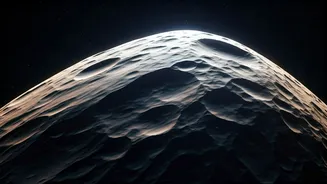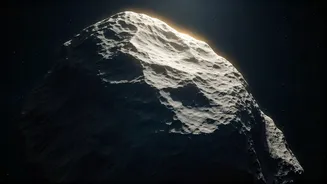Titan's Unique Environment
Saturn's moon Titan is a world vastly different from Earth, exhibiting an environment ripe for complex chemical reactions. It boasts a dense atmosphere,
primarily composed of nitrogen, along with a significant amount of methane. This methane plays a crucial role, influencing the climate and atmospheric chemistry. Titan's surface temperature, around -180 degrees Celsius, contributes to the presence of liquid methane and ethane lakes and rivers. Ultraviolet radiation from the Sun constantly bombards the upper atmosphere, breaking down methane molecules and initiating a cascade of reactions, leading to the formation of complex organic molecules known as tholins. These are precursors to the building blocks of life. Furthermore, Titan's atmosphere is relatively opaque to visible light, making its surface hidden from direct view, adding to its mysterious nature.
The Role of Methane
Methane is a cornerstone of Titan's chemical makeup, a gas that dictates many atmospheric processes. Ultraviolet radiation from the sun splits the methane molecules apart, kickstarting a chain reaction of chemical transformations. These fragments, along with other elements, interact to create various organic compounds. The continuous photolysis of methane is essential to Titan's haze layers, which is responsible for the orange hue that surrounds the moon. Besides, methane also contributes to weather patterns like cloud formation and, in liquid form, shapes its landscape, creating lakes and rivers. Understanding the lifecycle of methane on Titan is key to understanding its overall atmospheric dynamics and the formation of complex organic molecules, making it a pivotal area of research for scientists studying the moon.
Complex Organic Molecules
Titan is a hotbed for the creation of intricate organic molecules, compounds based on carbon. The constant bombardment of solar radiation on methane results in the formation of more complex hydrocarbons, such as ethane and acetylene. Through a series of reactions, these simple molecules evolve into heavier compounds, including benzene and even larger, more complex structures that form the tholins. These tholins precipitate from the atmosphere and settle on the surface, potentially forming a dusty layer. Investigating the molecular makeup of Titan helps scientists understand how the raw materials for life, like amino acids and nucleotides, might be created. Researching these molecules could offer insights into the emergence of life in environments different from Earth's, offering a glimpse into the possibility of life beyond our planet.
Implications for Astrobiology
Titan provides a natural laboratory to probe the conditions that might have existed on early Earth, influencing our understanding of how life could have arisen. The presence of organic compounds and the possibility of liquid water beneath the surface make it an enticing location for astrobiological research. The ongoing search for biosignatures, indicators of life, includes examining Titan's atmosphere and surface for evidence of unique chemical processes. Moreover, studying Titan's atmosphere helps scientists to model the potential for environments where life could emerge, including the study of the pre-biotic chemistry that could lead to life. Future space missions aimed at exploring Titan, such as the Dragonfly rotorcraft lander, will gather more data to further unravel the moon's secrets, potentially revealing vital clues about the origins of life in the universe.


